Attorneys representing the families of two mesothelioma patients in Montana are suing the BNSF Railway, which is now owned by Warren Buffett’s Berkshire Hathaway, Inc., for exposing the entire town of Libby, Montana, to deadly asbestos.
The trial, which started on Monday, is the first ‘community exposure case’ filed against BNSF to go to trial. Let’s look at the particulars of this case.
Wrongful Death Cases
In 2021, the estates of Joyce Walder of Westminster, California, and Thomas Wells of LaConner, Oregon, filed wrongful death claims against BNSF railroad. As stated in the lawsuit, the lawyers representing the deceased claim that the railroad knowingly exposed the residents of Libby, Montana, to asbestos.
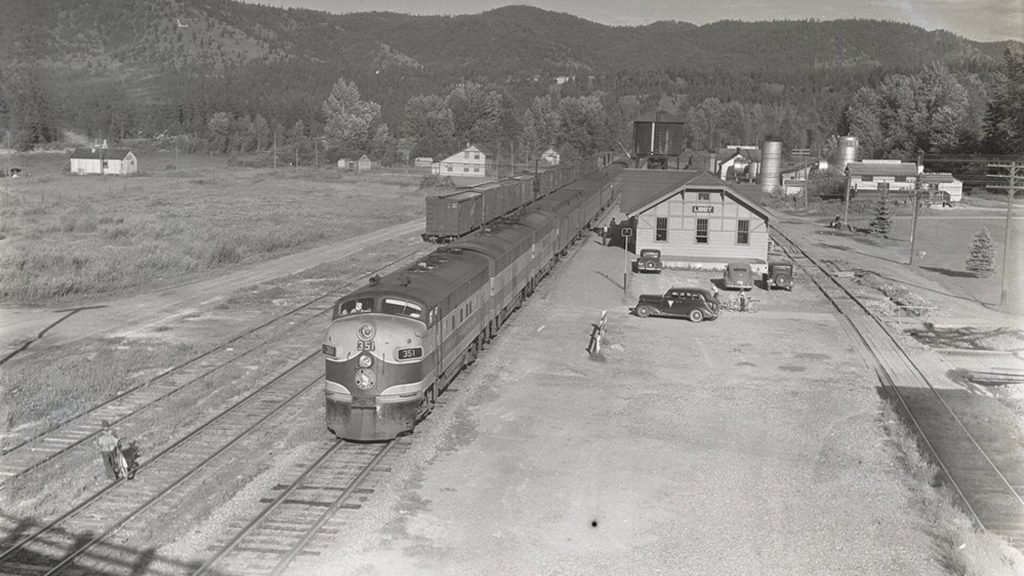
BNSF and its previous owner stored large amounts of vermiculite, laden with asbestos, in the rail yard in Libby. From there, the vermiculite was sent to processing plants at various locations around the country when the raw material was converted into usable fibers that were made into insulation.
What Is Vermiculite?
Vermiculite is an absorbent and lightweight material that occurs naturally. It was long valued for its unique properties. When vermiculite is heated, it puffs up and expands. It is also naturally heat and fire resistant.

The unusual qualities of vermiculite made it a sought-after raw material to use in several industries. While it was most often used in the construction industry to make insulation, it was also used in the gardening industry as an additive to potting soil.
The Dangers of Vermiculite
Not all naturally occurring vermiculite contains asbestos, but many vermiculite mines are contaminated with asbestos. Asbestos, like vermiculite, forms in nature. Asbestos is a rock, however it forms in long, thin fibers. It is often found in veins within other rocks.

Asbestos fibers are a known carcinogen. The fibers can be so small and thin that they become airborne. When breathed into the lungs, they work their way into the lung tissue like small needles. Since the body cannot expel the fibers, asbestos stays in the lungs for decades, causing a deadly form of cancer – mesothelioma.
Asbestos: A “Wonder” That Turned Deadly
Humans have known about asbestos for centuries. They sought out the rock fibers, which could be woven like cloth, to make protective gloves and attire that would keep them from becoming burned. During the Industrial Revolution, the demand for asbestos greatly increased. It was viewed as a “wonder” material that could be used to keep factory machinery from overheating, insulate homes, and keep firefighters safe.
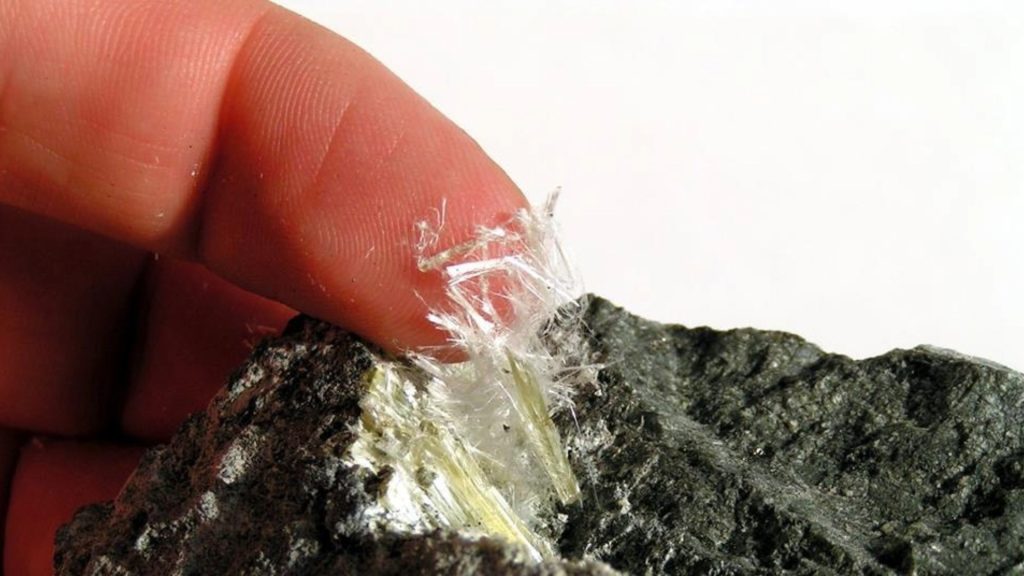
The asbestos industry grew large and powerful. By the 1920s, asbestos was found in all kinds of everyday products. Also, by this time, people who worked in the asbestos industry were beginning to fall ill and die from respiratory issues.
The Mines of Libby, Montana
Vermiculite was discovered in and around Libby, Montana, a town located near the Canadian border. Mining vermiculite became big business in the town. Many residents either worked in the mines or for the railroad, which shipped this raw material around the country.
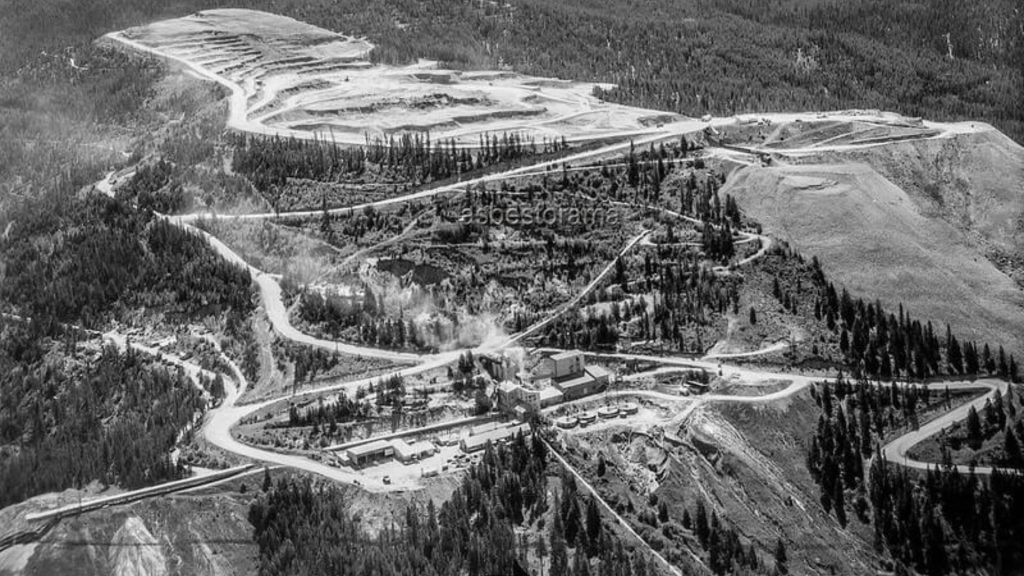
There was just one problem that the people of Libby didn’t know at the time. The vermiculite found in their mines was contaminated with asbestos. In fact, it ranked among the worst asbestos-contaminated mines in the United States.
One of the Most Polluted Places
In 2009, the Environmental Protection Agency concluded its study of Libby, Montana, and declared it to be one of the deadliest sites under the U.S. government’s federal pollution program. According to the EPA, the W.R. Grace & Co. mine, which was in operation from most of the 1900s, was the main culprit.
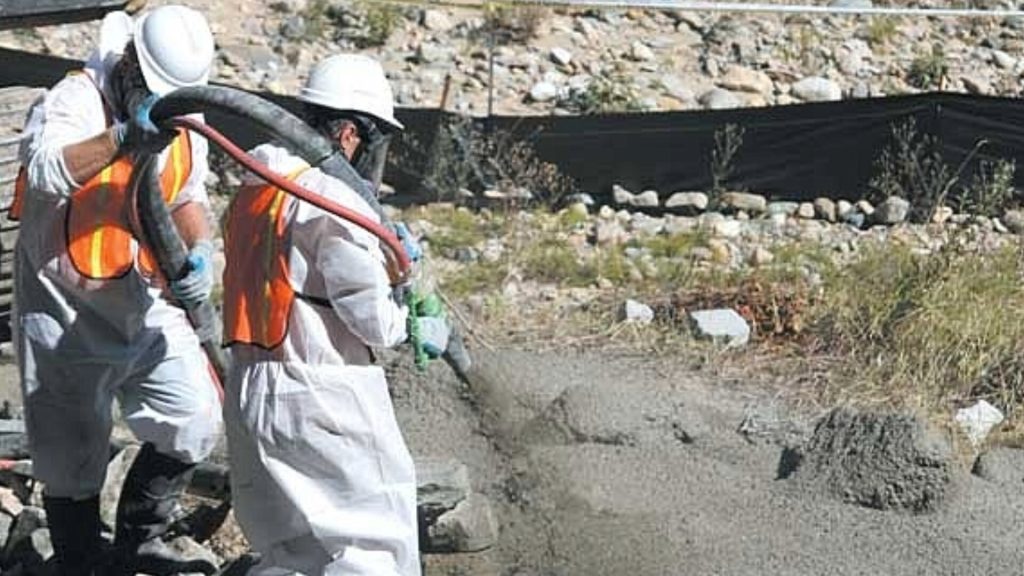
As the EPA noted, the mine was responsible for releasing so many asbestos particles into the air that more than 3,000 people living in Libby were sickened. It has also caused several hundred deaths, mostly related to mesothelioma.
Mesothelioma
Even though it is a rare form of cancer, mesothelioma is not uncommon among people who have been exposed to asbestos fibers. In fact, mesothelioma is only caused by asbestos. When the fibers become embedded into the patient’s lungs, the body coats the fibers in tough scar tissue.

Often, mesothelioma takes a long time to show itself. Over time, mesothelioma causes shortness of breath, persistent cough, and weight loss. The prognosis for a mesothelioma patient is grim. The lungs become so thick with scar tissue that breathing becomes more and more difficult.
Cleaning Up Libby
Libby, Montana, was the EPA’s first-ever public health emergency that initiated a ‘superfund’ cleanup effort. It took some time, money, and effort, but the asbestos pollution in Libby has been largely cleaned up. But that doesn’t mean the problem is over.
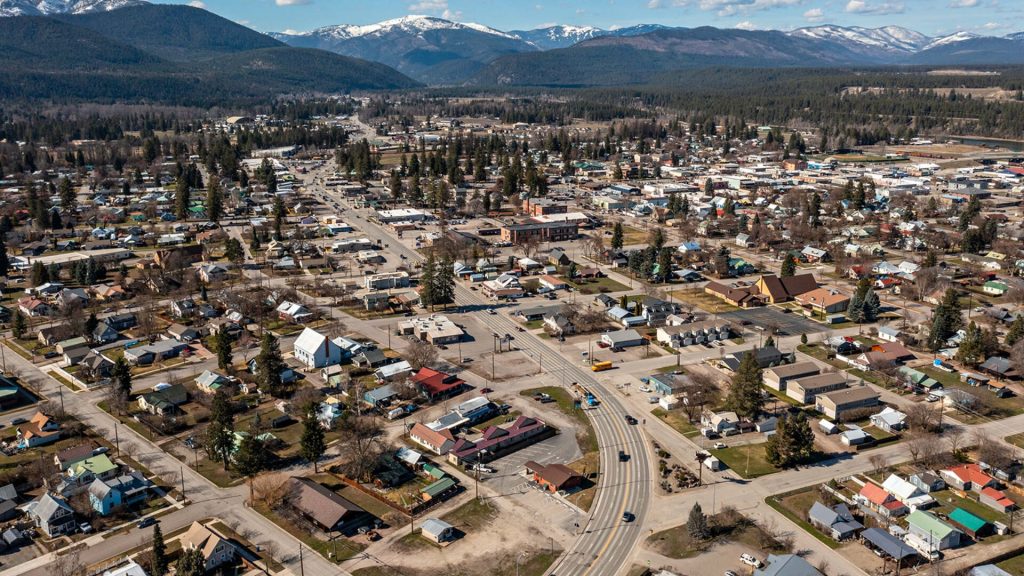
BNSF filed court documents ahead of this week’s trial stating that the railroad detected and cleaned up asbestos in 2001. Mesothelioma, however, can take years, even decades, to develop after exposure to asbestos. People diagnosed with the cancer today could have been exposed prior to the cleanup efforts.
The Walder and Wells Lawsuit
This week’s court case, the Walder and Wells lawsuit, is significant because it is the first case against BNSF to make it to trial and the first ‘community exposure case.’
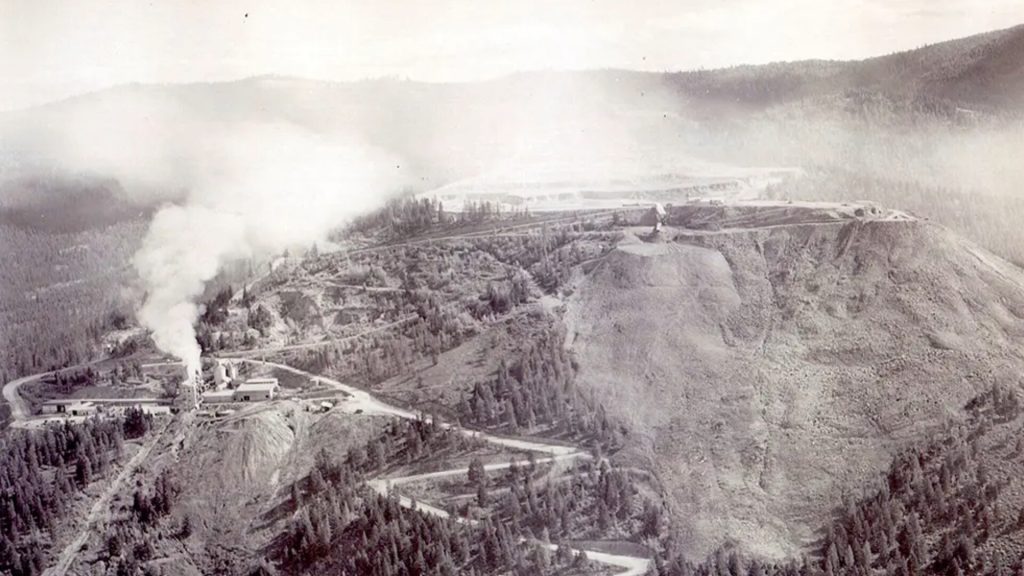
The attorneys for the Walder and Wells estates contend that BNSF knew about the dangers of asbestos particles yet continued to operate the rail yard at Libby. The lawyers for BNSF, however, argue that the railroad was told the material was safe.
The Known Dangers of Asbestos
Mark Lanier, the plaintiffs’ attorney, states that most industries knew of the dangers of asbestos decades ago, yet BNSF did not warn the residents of Libby. He noted that W.R. Grace was required to place warning signs on its rail cars hauling vermiculite in 1977.
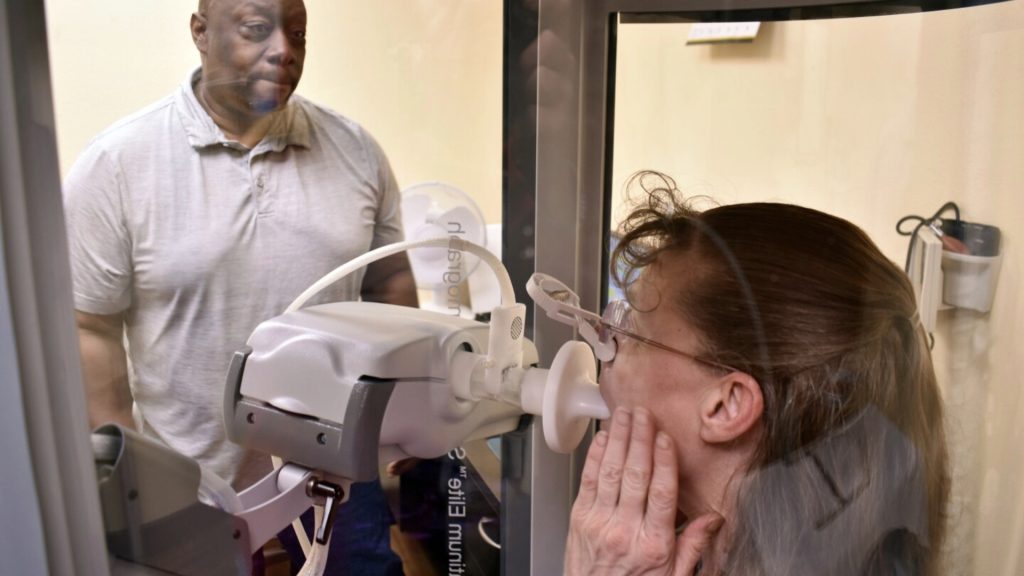
What the lawsuit intends to prove during the trial, according to Lanier, is “did BNSF expose Libby residents to wind-born asbestos contamination.”
How Much Did the Railroad Know?
Chad Knight, the lawyer representing BNSF, counters that the “railroad was required under law to accept the vermiculite for shipment.” He also maintained that officials with W.R. Grace, the mining company, told BNSF that the vermiculite was safe.
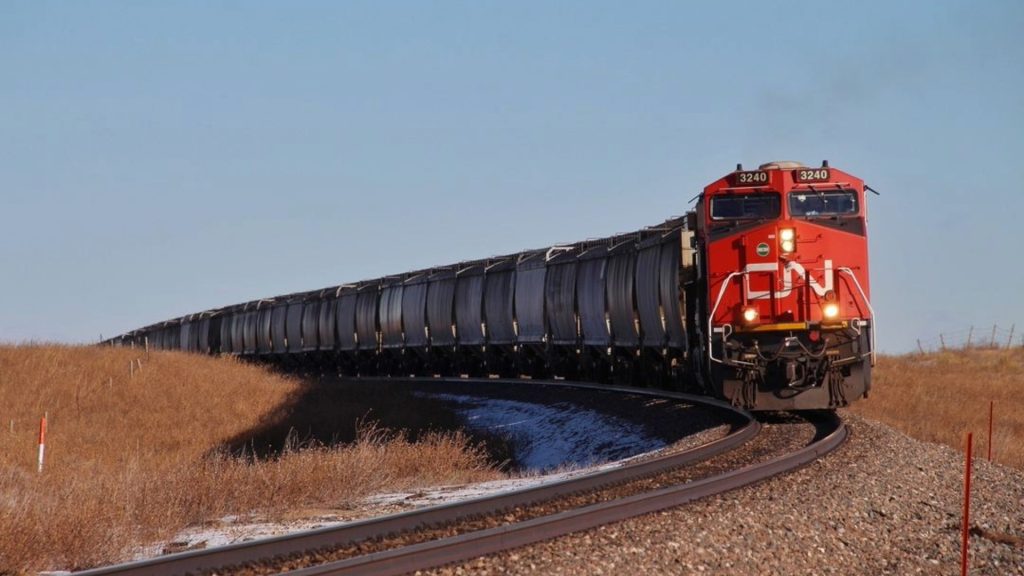
“The onus was on the shipper to tell the railroad if it was hazardous,” explained Knight. However, reports from the 1920s and 1930s seem to indicate that the railroad understood the asbestos problem.
A Century-Old Geologic Report
One of the plaintiffs’ experts is Julie Hart, the chair of the Department of Safety, Health and Industrial Hygiene at Montana Technological University. She has noted that in the 1920s, a geologic report was conducted – and sponsored by BNSF and its predecessors – which indicated the vermiculite mined in the Libby area contained asbestos.

Hart further states that the Association of American Railroads circulated research-based reports to all U.S. railroads in the 1930s warning that exposure to asbestos could be hazardous.
The Plaintiffs in the Lawsuit Both Died in 2020
The two plaintiffs in the Walder and Wells lawsuit both died from mesothelioma in 2020. The lawsuit was filed on behalf of their estates. Thomas Wells was a forestry worker in Libby in the late 1970s and early 1980s.

After he was diagnosed with mesothelioma, he was forced to sell his house to pay for his medical bills. He gave a recorded deposition for the lawsuit in March 2020 and died the next day.
The Second Plaintiff
Joyce Walder, the second plaintiff in the lawsuit, was a resident of Libby for more than two decades. She passed away from mesothelioma in October 2020 at the age of 66. She did not work for the railroad or the mine in Libby.
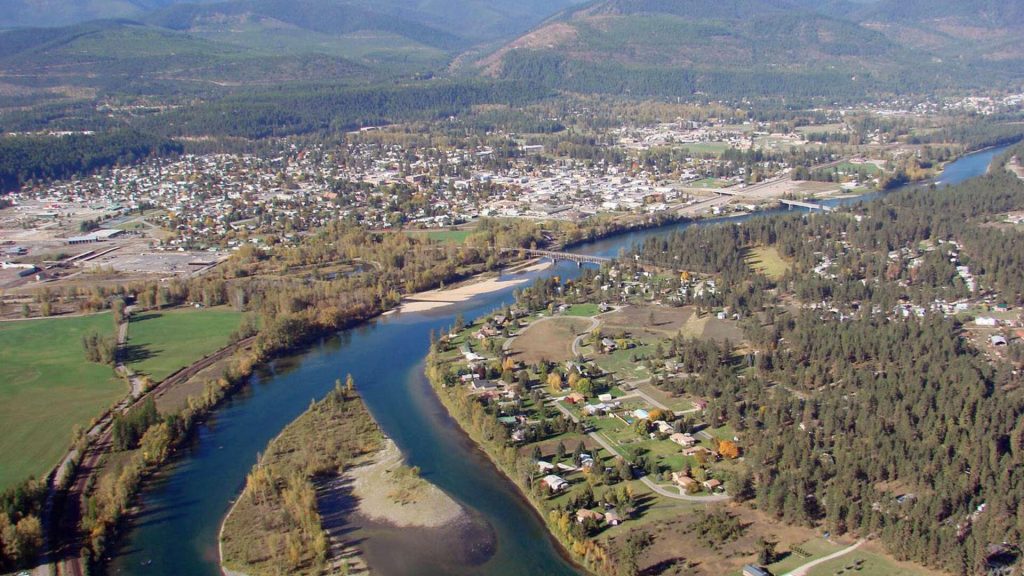
Instead, before her death, she reported that she believed she came into contact with air-borne asbestos while playing and fishing in the river near the rail yard in Libby. She recalled watching the vermiculite being loaded into rail cars and playing with pieces of vermiculite. As a child, she and her friends would heat up pieces of vermiculite “to watch it puff up.”
More Lawsuits Are on the Horizon
In many ways, the railroad industry and Berkshire Hathaway are watching the Walder and Wells lawsuit trial very closely. It is expected to last about three weeks and is being presided over by U.S. District Court Judge Brian Morris.

The Walder and Wells lawsuit is the tip of the iceberg. There are numerous other wrongful death lawsuits currently pending that allege the negligence of BNSF led to prolonged asbestos exposure for the residents of Libby.






